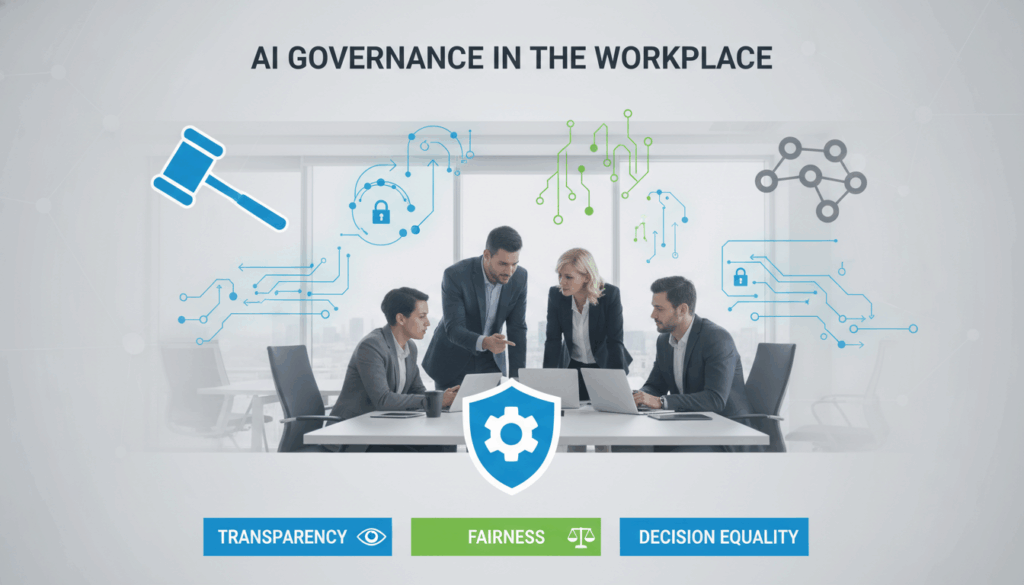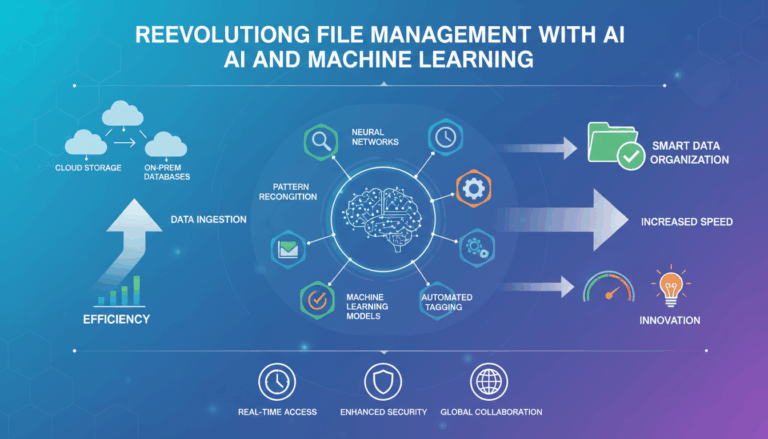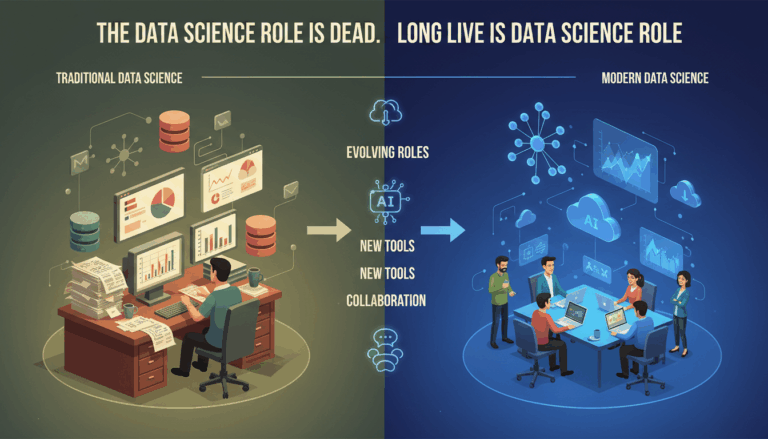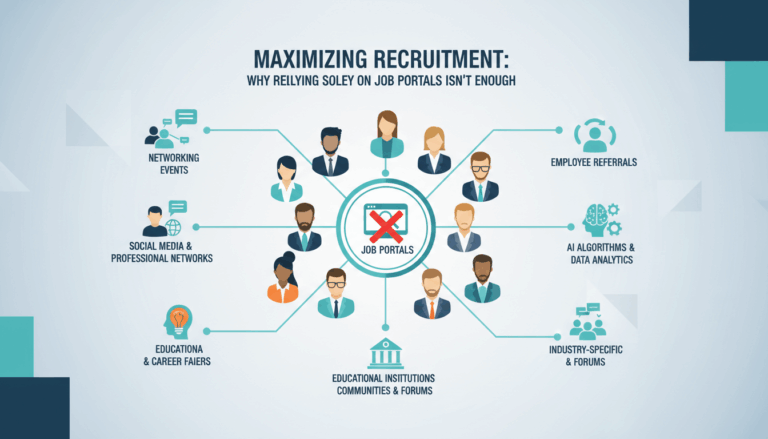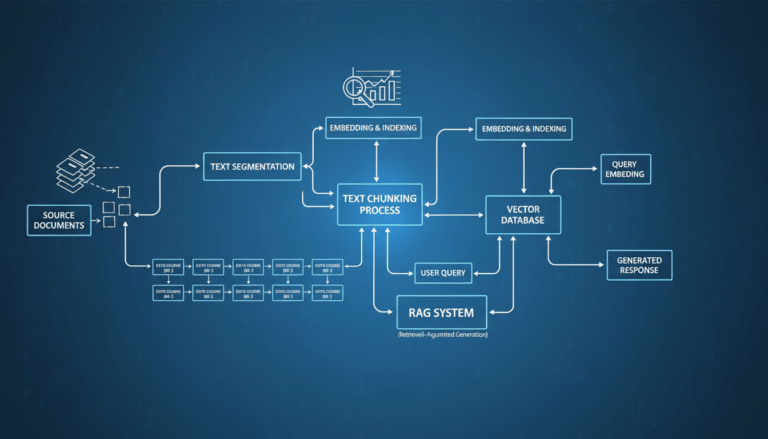Understanding AI Governance: Principles and Importance
Artificial Intelligence (AI) governance involves a set of frameworks and principles designed to guide the responsible development, deployment, and management of AI technologies within organizations. As organizations increasingly integrate AI systems into their operations, establishing strong governance mechanisms becomes crucial to ensure ethical, transparent, and effective use of AI. This includes addressing risks, ensuring compliance with laws and regulations, and aligning AI deployment strategies with organizational goals.
At its core, AI governance is built upon a few key principles:
-
Transparency: Transparency in AI governance implies that AI systems and their decision-making processes are open and understandable to stakeholders. This includes offering insights into how AI systems arrive at particular decisions, the data they use, and the intended outcomes they are designed to achieve. Transparency builds trust among users and stakeholders by demystifying AI processes.
-
Accountability: Establishing clear responsibilities for AI-related actions is essential. Organizations must ensure there are specific personnel or teams responsible for overseeing AI systems, handling incidences of AI failure, and addressing unintended consequences. This responsibility framework makes it easier to track issues back to their source and correct them promptly.
-
Fairness: AI systems must operate without bias and should be designed to avoid discriminatory outcomes. Ensuring fairness involves actively auditing AI models for biases, employing diverse data sets during training phases, and applying equitable algorithms designed to treat all user populations fairly.
-
Privacy: As AI systems often process large amounts of personal data, safeguarding user privacy is critical. Governance policies should enforce strict data protection measures, like anonymization and encryption, to prevent unauthorized access to sensitive information.
-
Security: AI systems should be protected from malicious attacks and vulnerabilities. This involves implementing robust cybersecurity measures and ensuring systems are resilient against attempts to manipulate or hack them.
-
Ethics: Ethical considerations go beyond bias and fairness, exploring the broader societal impact of AI technologies. This involves aligning AI deployments with societal values and ensuring that systems operate with a sense of moral responsibility.
The importance of AI governance cannot be overstated, particularly given how pervasive AI has become in shaping economic, social, and technological landscapes. Effective governance ensures AI systems enhance productivity, drive innovation, and improve decision-making processes without compromising ethical standards or exposing organizations to undue risk.
In practice, implementing AI governance involves creating comprehensive policies and procedures tailored to the unique requirements of an organization. Proactive engagement with stakeholders, including employees, customers, and external regulators, aids in crafting governance frameworks that reflect broader perspectives and guidelines.
Moreover, continuous monitoring and revision of governance policies are crucial due to the dynamic nature of AI technologies. Regular audits, updates in compliance with evolving regulations, and adaptation to technological advancements ensure governance frameworks remain relevant and effective.
By fostering a culture of ethical AI use, organizations can mitigate associated risks while unlocking the full potential of AI technologies to innovate and excel in their respective domains. Through a robust governance framework, companies can confidently navigate the complexities of AI deployment, reducing potential negative impacts and enhancing the benefits that AI offers to modern workplaces.
Identifying Office Politics: Challenges in the Workplace
Within any organizational environment, a complex web of interactions often unfolds as individuals pursue their own interests, goals, and ambitions. These elements are collectively referred to as office politics. Office politics can have various manifestations, ranging from subtle power dynamics to overt favoritism or rivalry. Identifying these politics is crucial as they often pose significant challenges that can hinder workplace harmony, productivity, and even innovation.
One primary challenge presented by office politics is the erosion of trust. In environments where political maneuvering is prevalent, trust between team members can shrink rapidly. For example, if promotions or bonuses are perceived as being awarded based on favoritism rather than merit, individuals may begin to doubt their colleagues and leaders. This skepticism can lead to a toxic work atmosphere where collaboration suffers and employees feel demotivated.
Communication barriers are another notable challenge. In politically charged workplaces, transparency often takes a backseat, and information may be withheld or distorted to gain a competitive edge. For instance, if resources or information are selectively shared to maintain power dynamics, decision-making processes can become skewed and less effective. Employees might feel compelled to withhold their insights or withhold critiquing others, fearing that it might impact their standing.
Additionally, office politics can foster inequity by creating an imbalanced ecosystem where some employees consistently benefit over others. In such situations, those not involved or who refuse to play politics might find themselves marginalized—faced with fewer opportunities for growth or advancement. This can breed discontent and reduce overall employee retention, as individuals who feel undervalued seek new opportunities elsewhere.
One of the more subtle yet pervasive effects of office politics is its impact on innovation and creativity. In environments where risk-taking is discouraged or where only politically favored opinions are heard, employees might suppress novel ideas or refrain from proposing new solutions. This stifling atmosphere not only limits individual growth but can also impede an organization’s ability to innovate and respond dynamically to market demands.
Organizations can, however, mitigate the challenges posed by office politics by actively fostering a culture of fairness and accountability. This involves creating clear communication channels, ensuring that performance evaluations and rewards are transparent and based on objective criteria, and encouraging open dialogue among team members. Leadership plays a pivotal role here, as managers and executives must lead by example in maintaining ethical standards and championing inclusivity.
Furthermore, AI governance frameworks, as discussed previously, can assist in leveling the playing field by providing transparent and unbiased systems for decision-making processes. The use of AI in automating routine evaluation processes can ensure consistency and reliability, reducing the scope for biased interference. However, it remains important that these AI systems themselves are audited regularly to prevent any unintended biases from becoming embedded.
In summary, while office politics present a wide array of challenges, they can be methodically addressed through transparent practices, equitable governance, and a supportive organizational culture that values integrity and fairness. By doing so, organizations not only alleviate the negative impacts of internal politics but also enhance their overall efficiency and employee satisfaction.
Implementing AI Governance Frameworks to Mitigate Bias
Incorporating AI governance frameworks to address and mitigate bias requires a multi-layered approach that involves strategic planning, deep understanding of algorithms, and active monitoring. Bias in AI systems can stem from various sources such as data selection, model development, or even user interaction, making it imperative to establish comprehensive governance mechanisms.
To begin, transparency in data selection is fundamental. Organizations should meticulously examine the datasets used for training AI models. Ensuring diversity within these datasets helps to minimize biases that may arise from underrepresentation of certain groups. For instance, if an AI system is being developed for recruitment purposes, datasets should include resumes from a broad demographic to prevent disproportionate favoritism toward any specific gender, ethnicity, or socioeconomic background.
Additionally, implementing algorithmic fairness is crucial. This involves employing algorithms that are designed to treat all data equitably. Tools such as Fairness Indicators or AI Fairness 360 can assist organizations in evaluating models for fairness. Regular audits of AI systems are necessary to identify any disparities in outcomes across different demographic groups. By benchmarking AI performance across these metrics, organizations can recalibrate their models to achieve more balanced results.
Developing accountability structures is another vital aspect. Establishing a dedicated team responsible for the oversight of AI ethics and governance can ensure that biases are promptly identified and addressed. This team can regularly report on AI system performance and bias, allowing stakeholders to take informed actions. Organizations can encourage a culture of responsibility by engaging with diverse stakeholders, including ethicists, legal experts, and representatives from affected communities, thereby gaining a nuanced perspective on potential biases and ethical considerations.
Furthermore, investing in continuous training and improvement of AI models is imperative. AI systems should be designed to learn and adapt over time, reflecting changes in societal norms and values. Continuous learning mechanisms should be established wherein feedback from diverse user groups is systematically incorporated into model updates. This adaptability not only enhances the accuracy and fairness of AI systems but also ensures alignment with the evolving ethical standards in society.
The implementation of robust privacy policies also plays a significant role in bias mitigation. Ensuring data privacy and security helps in building user trust and prevents misuse of sensitive information. Compliance with regulations like GDPR ensures that data used by AI systems is processed legally and ethically, with explicit consent from users.
Lastly, engagement and communication with users and stakeholders help in demystifying AI processes, fostering trust and openness. Establishing clear communication channels ensures that any concerns related to bias are addressed transparently. By educating users and stakeholders about how AI decisions are made, organizations can build more resilient and unbiased systems.
Adopting these practices fosters a proactive approach towards bias mitigation in AI governance. By diligently implementing these frameworks, organizations can not only mitigate bias but also enhance the credibility, reliability, and acceptance of their AI solutions.
Enhancing Transparency and Accountability through AI
Artificial Intelligence (AI) can play an instrumental role in enhancing transparency and accountability in the workplace, helping to reduce office politics and make processes fairer. By providing structured and objective frameworks for decision-making, AI can minimize ambiguity and subjectivity, two primary drivers of workplace politics.
AI systems excel at making complex data comprehensible. They can analyze vast datasets rapidly to provide key insights previously obscured by sheer information volume. For instance, in performance appraisals, AI can track and evaluate employee contributions using metrics that are consistent and unbiased. The transparency here lies in using predefined, quantifiable metrics that all employees are aware of, thereby minimizing perceptions of favoritism or bias.
Beyond performance appraisals, AI can enhance transparency in project management. AI project management tools can track task progress, allocate resources, predict project risks, and even automate some planning aspects. By providing a real-time, visible dashboard displaying all these metrics, stakeholders can clearly understand project dynamics, timelines, and responsibilities. This visibility helps eliminate the withholding of information and establishes an open, accountable project culture.
To further address accountability, AI platforms can establish clear audit trails for processes and decisions. By recording all interactions and decision points in a system, organizations can clearly track who made what decision and why. This data-driven approach ensures that actions are aligned with company policies and regulations. In case of any disputes, the digital trail offers an impartial account, aiding in accurate conflict resolution.
Automated reporting is another aspect where AI drives accountability. It ensures that reports are generated consistently, with the same rigor and without personal biases influencing the outcomes. Automated systems can pull from up-to-minute data, reducing the opportunities for human error or potential for fraudulent activities like data manipulation for reporters seeking to influence results.
Another facet of empowering accountability through AI is the implementation of real-time feedback systems. Utilizing AI-driven communication platforms, employees can provide and receive instant feedback on tasks and performance. This continual feedback loop helps in maintaining a direct, transparent line in human interactions, reducing the potential for resentment that might fester due to uncommunicated grievances.
AI also helps enhance transparency regarding data usage and privacy through detailed logs and consent management systems. Algorithms can be designed to ensure they comply with privacy laws such as GDPR by maintaining detailed logs of consent and data usage. Transparency reports generated by AI can show employees and stakeholders what data is collected and how it is used, creating an informed participant pool rather than uninformed subjects.
However, the shift to AI-driven systems is not without its challenges. To ensure AI solutions themselves are not opaque, organizations must prioritize designing and selecting AI systems that offer explainability—the ability for humans to understand and interpret AI decisions. Stakeholders should be trained and updated continually to understand AI systems and their outputs. Clear, understandable AI models promote trust and enable stakeholders to witness firsthand how transparency and accountability are being achieved through technology.
Ultimately, by embedding AI into organizational processes, companies can significantly enhance transparency and accountability. This leads to a more open culture, where decisions are made based on data rather than influence, helping to mitigate the negative effects of office politics and enabling fairer, more efficient workplaces.
Monitoring and Evaluating AI Systems for Continuous Improvement
Continuously monitoring and evaluating Artificial Intelligence (AI) systems is paramount for ensuring their efficacy, reliability, and alignment with the objectives they are designed to achieve. Regular evaluation not only helps in mitigating risks and unforeseen consequences but also plays a pivotal role in fostering continuous improvement.
Start by establishing a robust monitoring framework that operates in real-time to capture and analyze data on AI system performance continuously. This can involve setting performance benchmarks based on historical data, desired outcomes, or industry standards. Performance metrics should be comprehensive, covering accuracy, efficiency, bias, transparency, and user satisfaction. Employ AI monitoring tools that can flag anomalies or deviations from expected performance, which is crucial for preemptive troubleshooting and informed decision-making.
Engage in systematic data audits as part of this evaluation. The quality and nature of data inputs play a critical role in the outcomes generated by AI systems. Regular audits can help identify data drift—situations where incoming data deviates from the training data, potentially leading to inaccurate predictions or decisions. Conducting these audits involves checking for changes in data distribution, data quality issues, and biases. Tools such as Explainable AI (XAI) can assist in understanding how data changes affect outcomes.
To achieve ongoing optimization, implement a robust feedback loop system. This involves constantly gathering insights from users and stakeholders about the performance and impact of AI systems. Feedback can be collected using surveys, interviews, or automated feedback tools integrated into the AI interfaces. Incorporate this feedback into model retraining processes to adapt to new circumstances or user requirements, ensuring AI systems stay relevant and effective.
Consider the integration of adaptive learning techniques within the AI systems. Adaptive learning models can automatically adjust based on real-time data inputs and feedback. These models can be designed to handle a wide array of scenarios, continually learning from new data while adjusting their functioning to optimize performance. Such mechanisms are useful in rapidly changing environments, ensuring AI systems evolve and improve over time.
Moreover, engage in thorough performance benchmarking and comparison against both internal and external standards. By comparing AI outputs to baseline data or competitors’ performance metrics, organizations can identify areas of improvement or success, offering insights into the market positioning of their AI technologies. This benchmarking should be a regular process within the AI lifecycle.
Transparency in evaluation processes is essential for trust-building. Publish regular reports detailing findings from AI system evaluations, highlighting areas of success and avenues for improvement. Transparency in monitoring processes helps stakeholders understand the decisions being made by AI systems and reinforces accountability.
Lastly, foster a culture of ongoing ethical review and compliance checks of AI systems as part of the evaluation process. Regular audits should be carried out to ensure that AI systems comply with evolving legal standards and ethical guidelines. Engaging external auditors or ethics boards can bring in new perspectives and help identify potential blind spots within internal evaluation processes.
By systematically implementing these strategies, organizations can ensure their AI systems are not only adhered to expected standards but are also dynamically evolving—becoming more efficient, fair, and aligned with organizational goals. Continuous monitoring and evaluation create a feedback-driven development environment, crucial for the sustainable and successful deployment of AI technologies.
